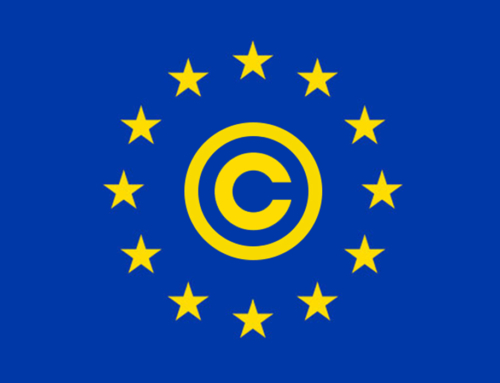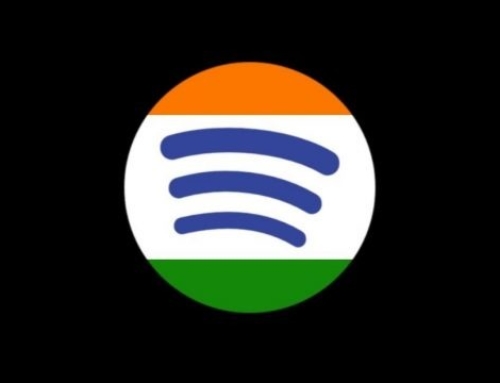Although the NFL has faced its fair share of controversy in recent years, there is no denying the cultural significance of the Super Bowl. However, given the overall negative public perception the league has had since the drama involving Colin Kaepernick’s political statements first erupted two years ago, is it still worthwhile for major brands be involved with the Super Bowl? While the value of ad space during the Super Bowl has faltered in recent years, the answer to that question is not as cut and dried as you may think.
For decades, the Super Bowl has been one of the most significant television events of the year. From the commercials to the halftime show to the game itself, the Super Bowl remains a landmark event both in the sports industry and entertainment industry as a whole. We’ve seen iconic games from the Patriots, the Giants, and the Eagles — just to name a few. Beyonce, Lady Gaga, Prince, and Bruce Springsteen have all delivered memorable halftime performances. Then there are the ads. Each year, many viewers tune into the Super Bowl just to watch the commercials. These ads take up some of the most coveted ad space of the year, and brands who manage to land a spot are guaranteed to be talked about. Coca Cola’s “I Want To Buy The World A Coke” premiered during the Super Bowl in 1971; McDonald’s introduced its Big Mac during the 1975 Super Bowl; Apple’s “1984” themed commercial during that same year caused quite a stir; and so have countless other ads from major brands over the years. Something is different this year though, leading up to Super Bowl LIII this Sunday.
Perhaps it’s the fact that the game is just a few short days away and we’ve already seen a number of the ads slated for a prime spot this Sunday night. Pepsi’s new ad featuring Steve Carell and Cardi B has already been shared widely online, as have ads for Budweiser, Doritos, and Stella Artois. Coca Cola hasn’t premiered their ad yet but that’s partly because the brand won’t be taking part in the actual Super Bowl this year. Instead, they will run a 60-second commercial during the pregame. This might turn out to be a smart business move for the soda manufacturer, as they’ll end up saving millions of dollars.
Adspace during this year’s Super Bowl is being sold by CBS for $5.1 to 5.3 million. Pre-game adspace is going for an average of $500,000. It isn’t all about money though; some brands have opted to stay away from the Super Bowl entirely this year. Kia will be using the money it would have spent on an ad to develop a scholarship fund instead. Skittles have taken a rather unconventional approach and will be running a play on Broadway on Sunday night entitled “Skittles Commercial: The Broadway Musical.”
It isn’t all that surprising that brands are starting to refocus their efforts when it comes to the Super Bowl. Although the 2018 event saw roughly 103.4 million viewers tune in, this continued a trend of lower viewership for the NFL. Although it’s still a marquee event, viewership for the event has been stagnant for years. Reflecting this has been the sale of adspace. Although CBS has sold nearly 90% of its available space for 2019, prices for ads have barely increased since 2013. The stagnation of both views and ad prices has led to a shift in the ways brands approach the Super Bowl. But why has this happened?
It’s no secret that the NFL has been the subject of multiple controversies in recent years. From the league’s reaction to Colin Kaepernick’s political statements to the latest turmoil involving the New Orleans Saints’ contentious loss to the Los Angeles Rams leading up to the Super Bowl, the league is not short on public scrutiny. The NFL has never seemed to be very bothered by these issues, though likely because they have little reason to.
In a recent poll conducted by Morning Consult, 31% of people polled believed that this year’s Super Bowl would be more political than last year’s game. However, of those polled, most U.S. adults said they have watched more NFL games in the past five years. What this research shows is that if anything, controversy has been good for the NFL and their brand recognition. Although they haven’t seen a massive rise in success from it, they certainly aren’t hurting from it either. So then, if not for the controversy, why are brands straying away from traditional methods of advertising with the Super Bowl? The answer may be as simple as the ways in which media consumption has changed recently.
For the NFL, it’s business as usual. However, for brands it has been necessary to change tactics due to widening depictions of consumers that has resulted in the necessity for brands to expand their reach. In 2019, with the amount of content and media uploaded to the internet each and every day, brands need to find inventive ways to cut through the clutter and noise to make an impact with consumers. This year, and going forward, a Super Bowl marketing strategy can’t rely solely on a television spot. Instead, brands have been forced to get creative with their ads. Even those who are running traditional ads during the game have spent a considerable amount on previews that have premiered online leading up to Sunday night. This is all in an effort to capture viewers’ attention and, more importantly, retain it. Even the most groundbreaking commercial won’t be able to do that anymore. To find success during the Super Bowl season, brands are wise to stray from tradition and capture viewers’ attention in other areas.
Regardless of the changes we see each year in how we consume media, the Super Bowl will remain one of the most-watched TV events. While this will still have a ripple effect each year in creating a big advertising buzz for brands, the internet has made it unnecessary to wait until the game itself to see what each brand will do that year. In 2019, brands need to consider the impact of an ad as well as the timing of the ad leading up to the big night in order to make a lasting impact. Nowadays, it’s more important than ever to be seen and to be remembered. The only way to do that in a market that values inventive online content more than traditional televised content is to get creative. Only time will tell which brand will create the biggest splash following the 2019 Super Bowl, but we’re willing to bet it won’t be the result of a televised commercial.









Leave A Comment
You must be logged in to post a comment.